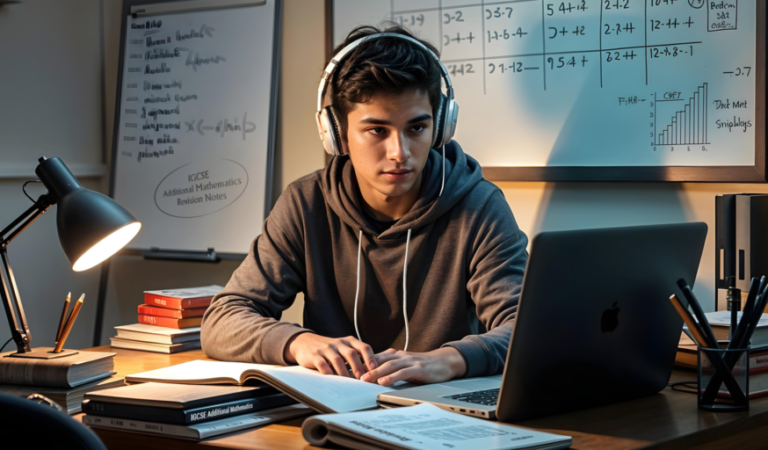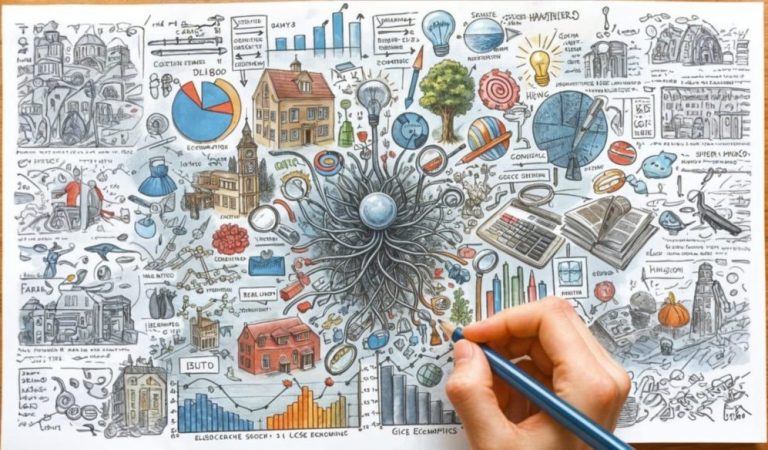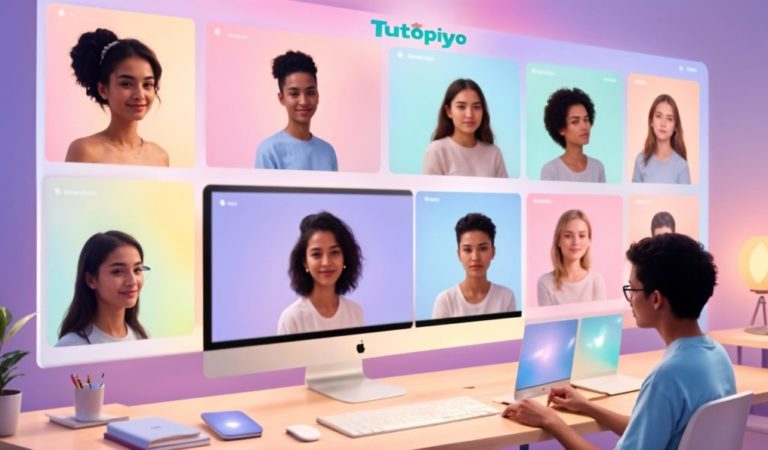
End of 'N' Level Streaming: What It Means for Singaporean Parents
We found out the startling news yesterday that ‘N’ Level streaming is going to be removed altogether. While the Tutopiya Team welcomes the news, we think its helpful for Singaporean parents to analyze what the status quo in secondary schools are, and what kind of changes we can expect.
What Is The System Now?
[caption id=“attachment_943” align=“alignnone” width=“875”] The old system that MOE recently announced changes starting from 2024[/caption]
Previously, the Subject Banding Scheme in Singapore grouped students in different streaming areas according to their PSLE score. Students were sorted in three options:
-
Express Stream:
- Major Examination: Students can sit for the GCE ‘O’ Level examinations or the Integrated Programme
- Further Studies: Students from Express can either opt to take an GCE ‘A’ Level Diploma, or a Polytechnic diploma.
- PSLE Score: 200 and above
- Criticism: The so-called top schools in Singapore have students only from the Express Stream, which resulted in concerns that students from the lower bands will not have the same access to quality of education due to low scores at the age of 12.
-
Normal Academic:
- Major Examination: Students can opt to sit for both the ‘N’ Level Examinations, at Secondary 4, and ‘O’ Level Examinations, at Secondary 5.
- Further Studies: Students largely get accepted into polytechnics where they can earn a vocational or skills-based diploma, through the five Polytechnics in Singapore.
- PSLE Score: 152 and above.
- Criticism: A relatively few number of Normal Academic students enter Junior College, and similarly a significant minority of Polytechnic students get into University. This has fueled claims that students from Normal Academic streams are less likely to get into higher education compared to their Express counterparts.
- Normal Technical:
- Major Examinations: The ‘N’ Level Examinations and the N ‘T’ Level Examinations
- Further Studies: The best students from Normal Technical that opt for N ‘A’ streams can get into Polytechnics. The majority attend Institutes of Technical Education (ITEs) in Singapore.
- PSLE Score: 151 and below.
- Criticism: While MOE has emphasized that Normal Technical is for more vocation-based trainings, some bemoan that there is no ability for the majority of students to opt into a pathway that directly access university. There is also a significant difference in the curriculum between Normal Technical and Express stream, sparking concerns that the Normal Technical stream is not good enough in preparing students on par with the rest of the cohort.
Why Is It Being Changed?
Besides the criticism leveled to the courses specifically, there has been a larger concern with the system that it does not allow for:
- Social Mixing:
- Students from Express and ‘N’ Academic/Technical streams rarely are able to meet, whether during the 8-10 years of formative education, or outside in the workplace as students have divergent career paths. This has raised issues about the ability of differently abled Singaporeans mixing, especially if they do not meet in secondary schools.
- Standardised Curriculums:
- The Normal Academic course has a significantly reduced curriculum compared to the Express streams, where students can opt for courses including the Malay Special Programme and the Chinese Special Programme and learn a fourth language. Coupled with the fact that Normal ‘Technical’ courses do not even have access to courses such as GCE O Level Additional Mathematics, the academic skills between streams are greatly varied.
- ‘Every School is A Good School’
- MOE has recently begun a campaign to recognise that so-called ‘neighbourhood schools’ that have a higher proportion of ‘N’ level students are on the same level academically as the ‘elite’ schools that have exclusively Express Students, such as Raffles Institution, Hwa Chong Institution, or Nanyang Girls School. The abolishing of the streaming will give more students access to these schools through the Joint Admissions Exercise.
What Are The Changes?
Students will now be sorted according to three streams:
- Normal (Technical) level -> General (1) or G1
- Normal (Academic) -> General (2) or G2
- Express -> General (3) or G3
Just like GCE A Level Students, who take H1, H2, and H3 subjects correspondingly: students can take subjects from different general levels.
Example
A student with a PSLE Score of 201, for example, may take:
- English - G3
- Elementary Mathematics - G3
- Combined Chemistry and Physics - G2
- Mother Tongue (Mandarin/Tamil/Malay) - G2
- Combined Social Studies and Geography - G2
- Literature - G3
This student will be a Humanities student, as she takes three humanities subjects. But her relative weakness in sciences will be adjusted accordingly and will become G2 instead of G3. This means this students can maximise their strengths in Humanities while maintaining a good grade in the sciences.
How Are Schools Structured In 2024?
We honestly don’t know yet, but the Minister of Education during his release statement has suggested grouping secondary school classes by co-curricular activities as an alternative model.
What we do know is that schools are no longer structuring their classes by streams, thus eroding any visible differences between N’A’ and N’T’ students.
Students also take the same examination under the new changes**,** so everyone will be taking the same GCE O Level Examinations, regardless of what G1, G2, or G3 subject that they get.
This may affect the overall rigor of the curriculum, and marking standards might be less stringent for the GCE O Levels as more students take each GCE O Level Subject.
The GCE O Level Diploma is also more internationally recognizable compared to the N Level examinations.
Written by
Tutopiya Team
Educational Expert
Related Articles

What’s Next After A-Levels? Figuring Out Your Next Step
Comprehensive guide and expert insights on educational topics for IGCSE, IB, and international curriculum students.

IGCSE Economics Revision Resources, Past Papers, and More
Master IGCSE Economics with essential revision resources & past papers. Ace your exams with global support. Ideal for IB & A-level students too.

Why Personalized Learning Beats Group Classes for IGCSE
Comprehensive guide and expert insights on educational topics for IGCSE, IB, and international curriculum students.


